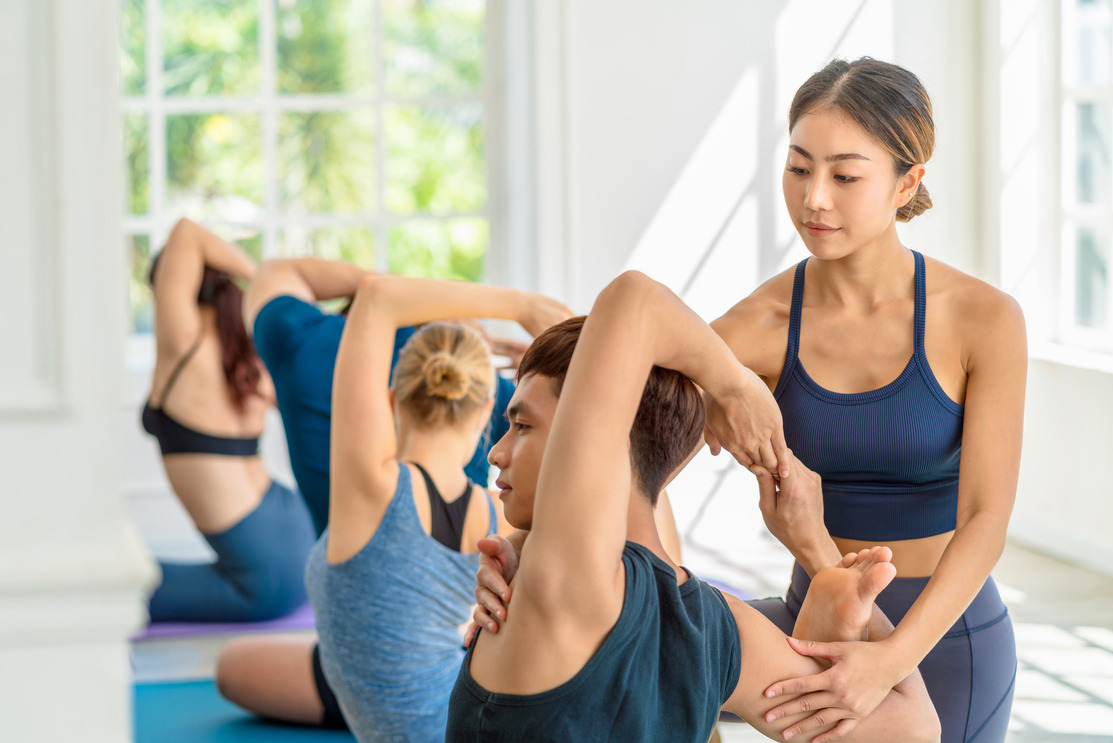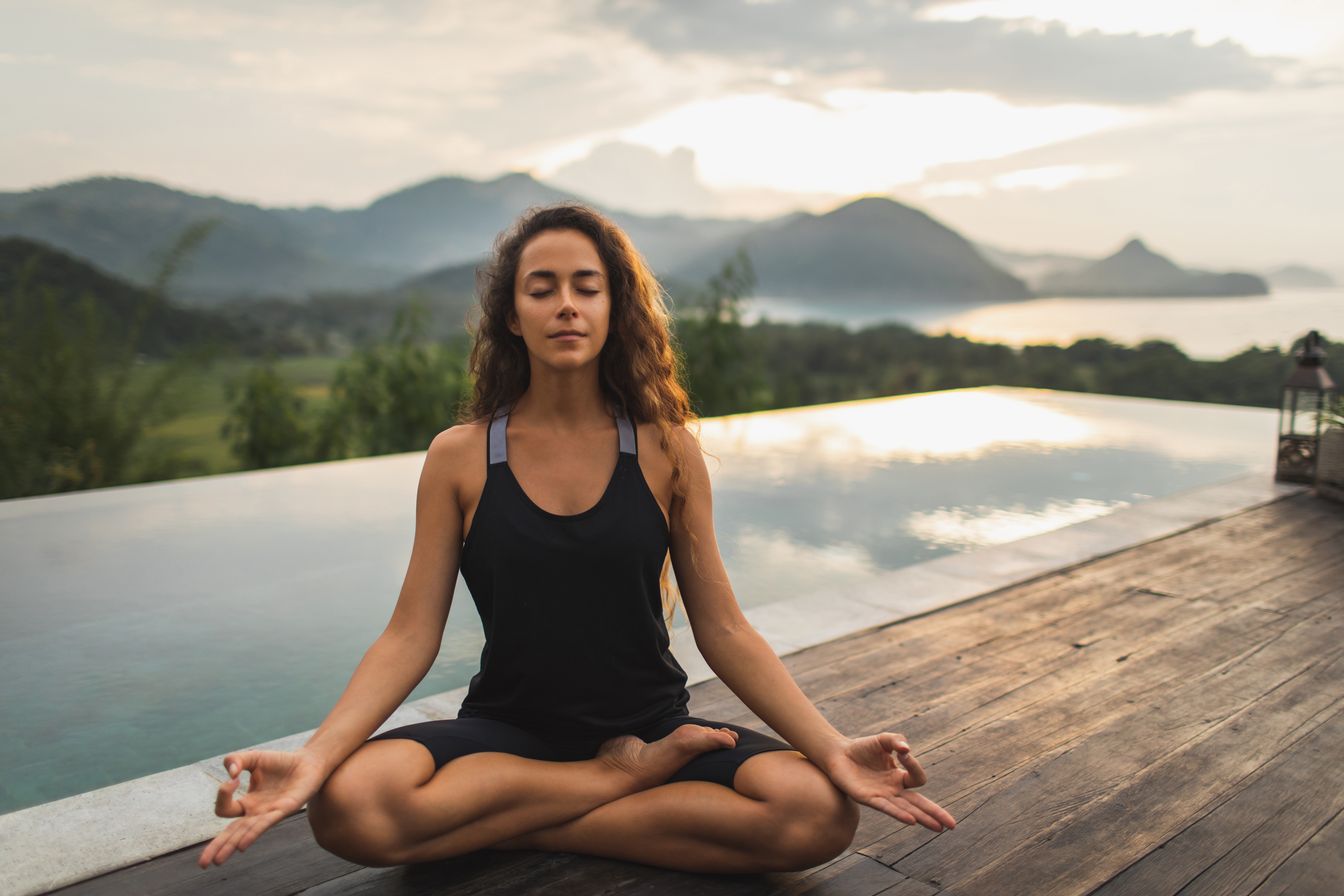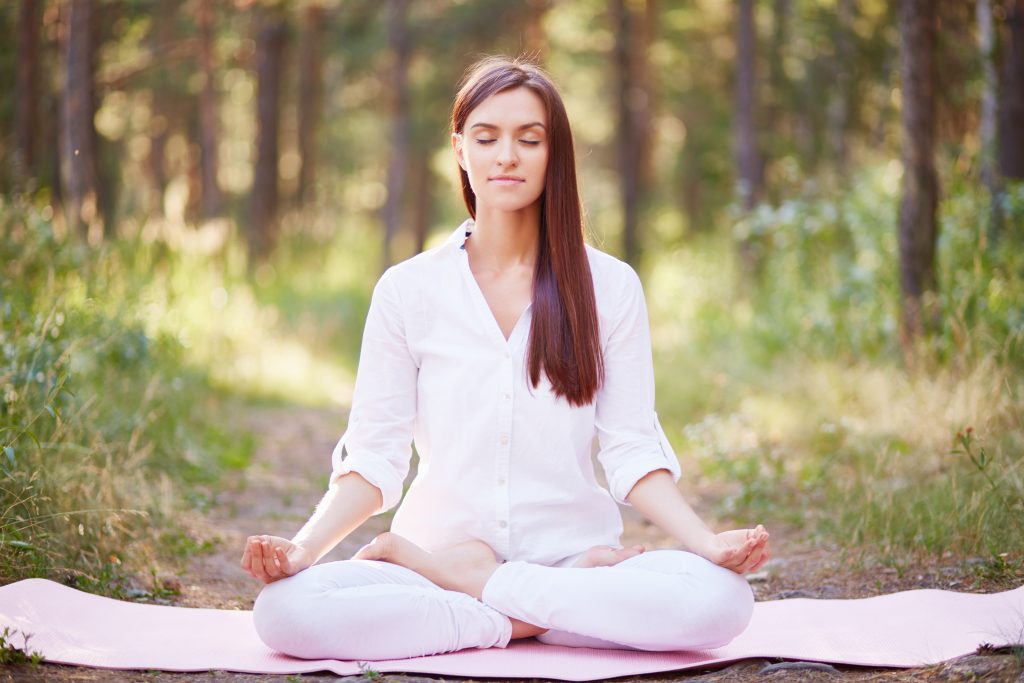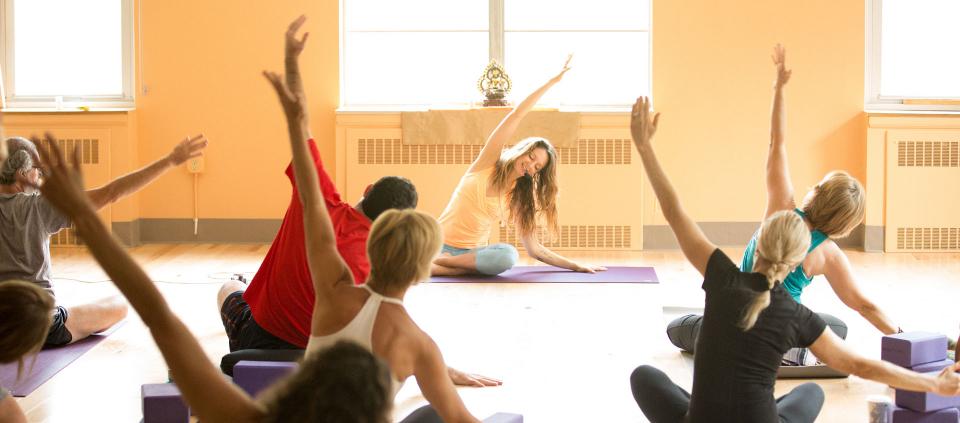In a world filled with the hustle and bustle of modern life, finding inner peace and balance has become a cherished pursuit. Yoga, an ancient practice with roots in India, offers a profound path to achieving physical, mental, and spiritual harmony. Beyond the physical postures, yoga is a journey of self-discovery and transformation. In this article, we will explore the unique and transformative power of yoga, shedding light on its multifaceted benefits and timeless wisdom.
Yoga: Beyond the Mat
At its core, yoga is much more than a series of physical poses. It is a holistic approach to well-being that encompasses the mind, body, and spirit. The levels of yoga encourages individuals to delve deep into their inner selves, fostering a sense of self-awareness and mindfulness.
The Physical Aspect: Asanas and Beyond
Yoga’s physical aspect involves asanas, or postures, that improve flexibility, strength, and balance. However, the benefits extend far beyond the physical realm. These postures promote relaxation, reduce stress, and enhance overall physical well-being.
Mental Clarity and Stress Reduction
In today’s fast-paced world, stress and mental fatigue are common companions. Yoga provides a sanctuary for the mind, offering techniques such as meditation and deep breathing to calm the nervous system. These practices help individuals manage stress, improve focus, and find mental clarity.
Emotional Resilience and Self-Acceptance
Yoga encourages self-acceptance and self-compassion. Through mindfulness and meditation, individuals learn to acknowledge and manage their emotions, fostering emotional resilience and inner peace. Yoga teaches that it is okay to be imperfect and that growth comes from self-acceptance.
The Journey Inward: Spiritual Connection
While yoga is not a religion, it can be a deeply spiritual experience for many practitioners. The practice encourages introspection and a connection with the inner self. It fosters a sense of unity with the universe and a profound understanding of one’s place in the grand tapestry of existence.
Yoga Styles and Variations
Yoga is a vast discipline with various styles and approaches. From the meditative stillness of Hatha Yoga to the dynamic flow of Vinyasa, and from the precision of Iyengar to the self-discovery of Kundalini, there is a yoga style to suit every individual’s needs and preferences.
Yoga’s Timeless Wisdom
The wisdom of yoga has endured for millennia, and its teachings remain relevant in the modern age. Concepts such as Ahimsa (non-violence), Satya (truthfulness), and Santosha (contentment) provide guidance for living a more meaningful and fulfilling life.
Yoga Off the Mat: Integrating Practice into Daily Life
The true essence of yoga extends beyond the mat and into daily life. It is about cultivating mindfulness, compassion, and gratitude in our interactions with others and the world around us. The principles of yoga can enhance our relationships, work, and overall quality of life.
Conclusion
Yoga is more than a physical exercise; it is a journey of self-discovery, personal growth, and transformation. It empowers individuals to find balance, inner peace, and a deeper connection with themselves and the world. As the world continues to seek solace and well-being, the timeless wisdom of yoga serves as a guiding light, offering a path to harmony, both within and without. Embrace the transformative power of yoga, and you may find that the journey inward leads to a more balanced, fulfilled, and enlightened life.





